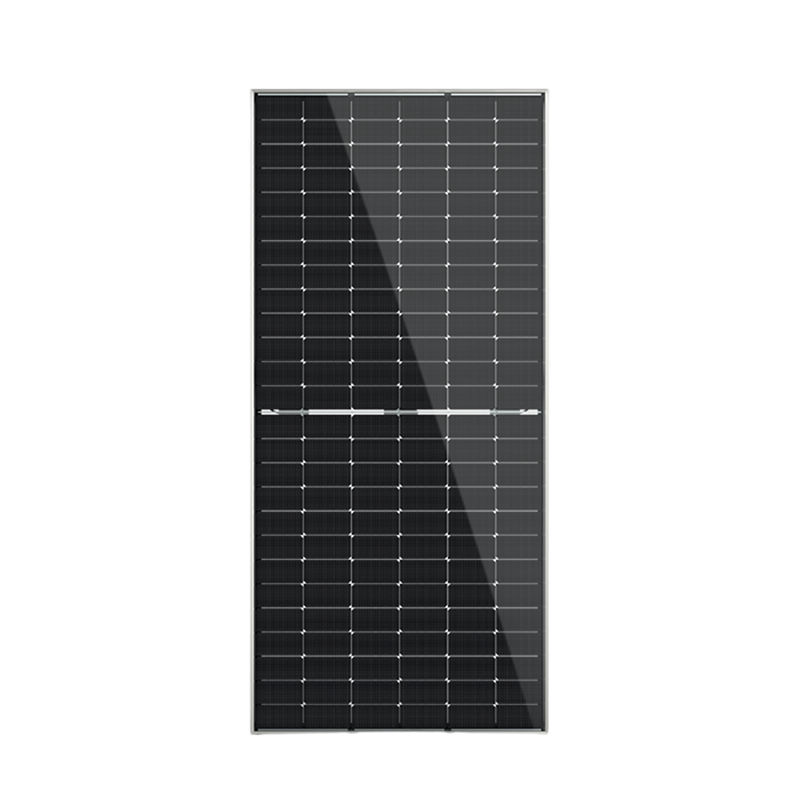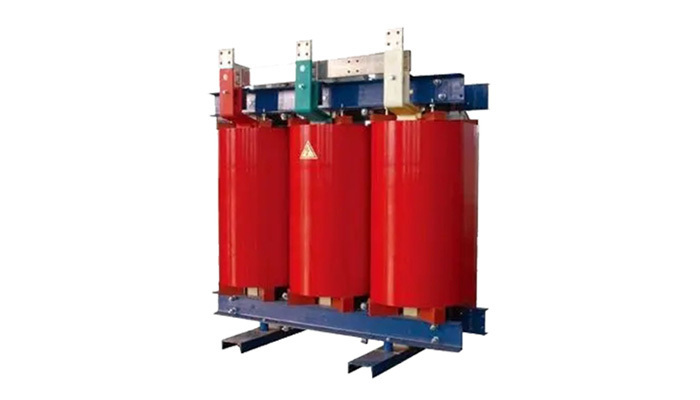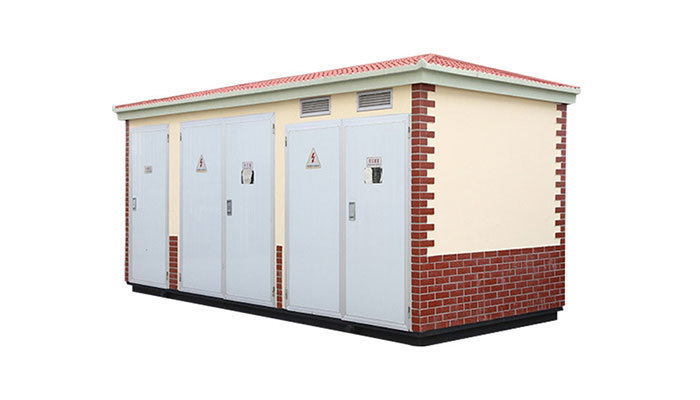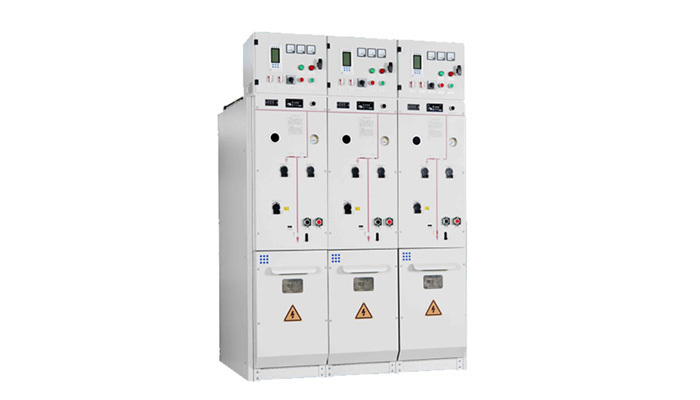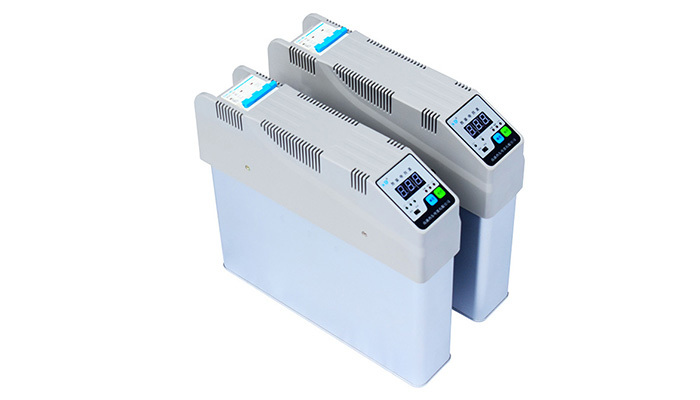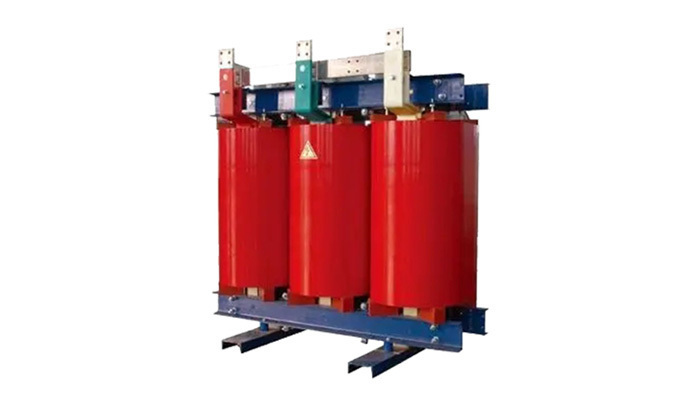Understanding Column Breakers: Essential Components in Power Distribution Systems
Release time:
2025-07-20
Column breakers play a crucial role in electrical distribution systems, especially in panel boards and switchgear environments. Understanding their function and benefits can help professionals in the electric power and distribution sector ensure efficiency, reliability, and safety in their operations.
A column breaker, also known as a vertical breaker, is a type of circuit breaker that is mounted vertically within a distribution panel or a switchboard. It serves the primary function of interrupting the electrical flow in case of overloads, short circuits, or other electrical faults. By doing so, column breakers protect both the electrical equipment and the entire electrical system from damage. They are designed to handle high current loads and provide quick disconnection to prevent further faults.
One of the most significant advantages of using a column breaker is the space-saving design it offers. Because they are mounted vertically, they can optimize the layout of electrical panels, allowing for more efficient use of space. This is particularly beneficial in installations where panel size is a critical factor, enabling electrical engineers to maintain compact designs without compromising functionality.
Moreover, column breakers contribute to enhanced safety in electrical distribution. By quickly disconnecting power during an overload or fault condition, they mitigate the risks of fires and equipment damage. Their responsive nature ensures that any issues within the electrical system are addressed promptly, thus protecting both human life and property.
When considering the installation of column breakers, it is essential to ensure that they are correctly rated for the intended application. Factors such as voltage, current rating, and the specific environment where they will be used should be taken into account to ensure optimal performance. Additionally, regular maintenance and testing of these breakers are crucial to ensure their reliability over time. This includes checking for wear and tear, ensuring proper connections, and testing their operational functionality.
In conclusion, column breakers are vital components in modern electrical distribution systems. Their ability to provide reliable circuit protection while optimizing space makes them an indispensable choice for many applications. Understanding their significance and correctly implementing them can lead to more efficient and safer electrical systems, ultimately benefiting both users and operators within the electric power industry.
A column breaker, also known as a vertical breaker, is a type of circuit breaker that is mounted vertically within a distribution panel or a switchboard. It serves the primary function of interrupting the electrical flow in case of overloads, short circuits, or other electrical faults. By doing so, column breakers protect both the electrical equipment and the entire electrical system from damage. They are designed to handle high current loads and provide quick disconnection to prevent further faults.
One of the most significant advantages of using a column breaker is the space-saving design it offers. Because they are mounted vertically, they can optimize the layout of electrical panels, allowing for more efficient use of space. This is particularly beneficial in installations where panel size is a critical factor, enabling electrical engineers to maintain compact designs without compromising functionality.
Moreover, column breakers contribute to enhanced safety in electrical distribution. By quickly disconnecting power during an overload or fault condition, they mitigate the risks of fires and equipment damage. Their responsive nature ensures that any issues within the electrical system are addressed promptly, thus protecting both human life and property.
When considering the installation of column breakers, it is essential to ensure that they are correctly rated for the intended application. Factors such as voltage, current rating, and the specific environment where they will be used should be taken into account to ensure optimal performance. Additionally, regular maintenance and testing of these breakers are crucial to ensure their reliability over time. This includes checking for wear and tear, ensuring proper connections, and testing their operational functionality.
In conclusion, column breakers are vital components in modern electrical distribution systems. Their ability to provide reliable circuit protection while optimizing space makes them an indispensable choice for many applications. Understanding their significance and correctly implementing them can lead to more efficient and safer electrical systems, ultimately benefiting both users and operators within the electric power industry.
Latest information
Get a Free Consultancy
If you have any suggestions, please leave a message or send an email to us.




